It was only a matter of time.
Reddit shares are cratering right now, plunging almost 25 percent in just two days, as CNBC reports.
The social media company went public last week at an IPO price of $34, and initially rallied to around $65.

It was only a matter of time.
Reddit shares are cratering right now, plunging almost 25 percent in just two days, as CNBC reports.
The social media company went public last week at an IPO price of $34, and initially rallied to around $65.
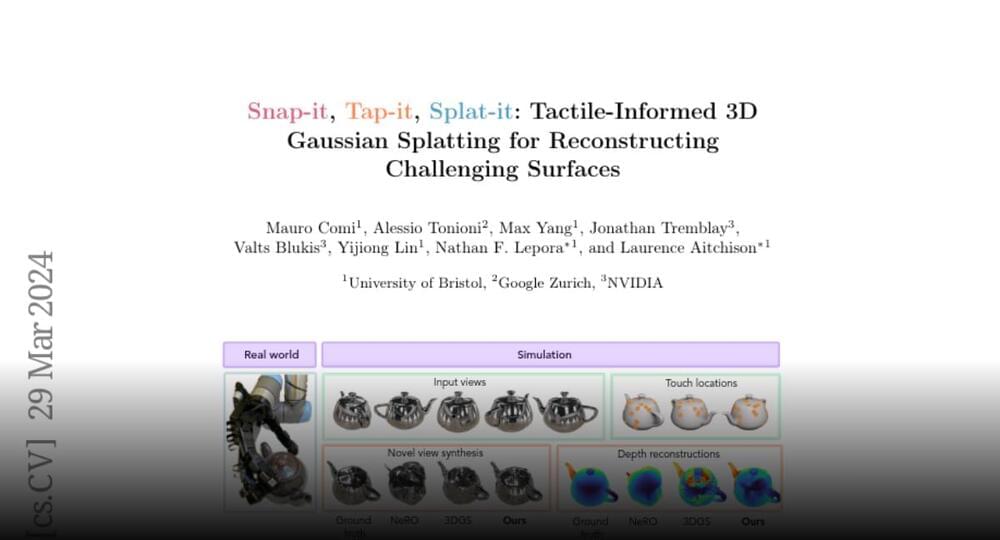


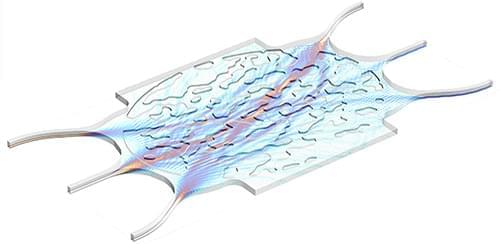
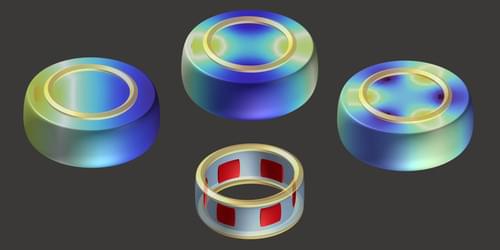

A new device consisting of a semiconductor ring produces pairs of entangled photons that could be used in a photonic quantum processor.
Quantum light sources produce entangled pairs of photons that can be used in quantum computing and cryptography. A new experiment has demonstrated a quantum light source made from the semiconductor gallium nitride. This material provides a versatile platform for device fabrication, having previously been used for on-chip lasers, detectors, and waveguides. Combined with these other optical components, the new quantum light source opens up the potential to construct a complex quantum circuit, such as a photonic quantum processor, on a single chip.
Quantum optics is a rapidly advancing field, with many experiments using photons to carry quantum information and perform quantum computations. However, for optical systems to compete with other quantum information technologies, quantum-optics devices will need to be shrunk from tabletop size to microchip size. An important step in this transformation is the development of quantum light generation on a semiconductor chip. Several research teams have managed this feat using materials such as gallium aluminum arsenide, indium phosphide, and silicon carbide. And yet a fully integrated photonic circuit will require a range of components in addition to quantum light sources.
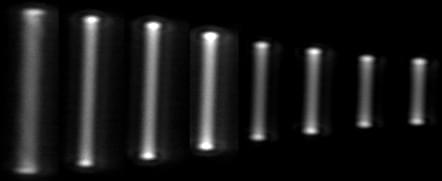
A nanoresonator trapped in ultrahigh vacuum features an exceptionally high quality factor, showing promise for applications in force sensors and macroscopic tests of quantum mechanics.
Nanomechanical oscillators could be used to build ultrasensitive sensors and to test macroscopic quantum phenomena. Key to these applications is a high quality factor (Q), a measure of how many oscillation cycles can be completed before the oscillator energy is dissipated. So far, clamped-membrane nanoresonators achieved a Q of about 1010, which was limited by interactions with the environment. Now a team led by Tracy Northup at the University of Innsbruck, Austria, reports a levitated oscillator—a floating particle oscillating in a trap—competitive with the best clamped ones [1]. The scheme offers potential for order-of-magnitude improvements, the researchers say.
Theorists have long predicted that levitated oscillators, by eliminating clamping-related losses, could reach a Q as large as 1012. Until now, however, the best levitated schemes, based on optically trapped nanoparticles, achieved a Q of only 108. To further boost Q, the Innsbruck researchers devised a scheme that mitigated two important dissipation mechanisms. First, they replaced the optical trap with a Paul trap, one that confines a charged particle using time-varying electric fields instead of lasers. This approach eliminates the dissipation associated with light scattering from the trapped particle. Second, they trapped the particle in ultrahigh vacuum, where the nanoparticle collides with only about one gas molecule in each oscillation cycle.
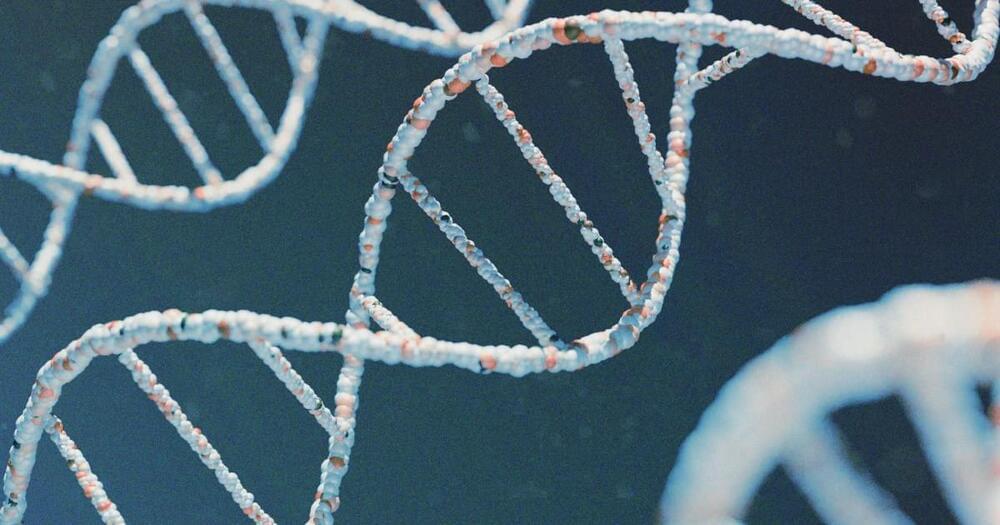
The following is an interview with CRISPR co-discoverer and Nobel Prize-winner Dr. Jennifer Doudna.
Describe the “eureka moment” around CRISPR — the moment when you realized that this technology was not only possible but actually worked. How did you feel? Has your feeling changed since that eureka moment? If so, how?
There’s one moment that stands out in my mind, right at the time we realized what CRISPR could do and that we could “reprogram” it to edit specific sequences of DNA. I was cooking dinner and thinking about it, and I burst out laughing. My son was in the kitchen and he asked why I was laughing. So I explained it to him with a little drawing of a car zooming around, grabbing onto viruses, and chopping them up. I think my drawing did the trick, because he started laughing too.

Cyrus Brodén, orthopedic physician and researcher at Uppsala University Hospital and Uppsala University.
Administrative tasks take up a large share of a doctor’s working hours, reducing the time for patient contact and contributing to a stressful work situation. Researchers at Uppsala University Hospital and Uppsala University, in collaboration with Danderyd Hospital and the University Hospital of Basel, Switzerland, have shown in a new study that the AI model ChatGPT can write administrative medical notes up to ten times faster than doctors without compromising quality.